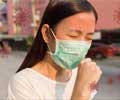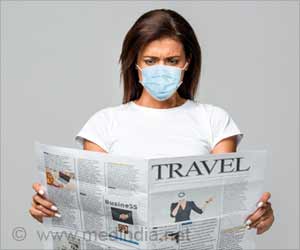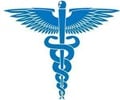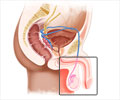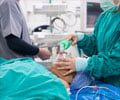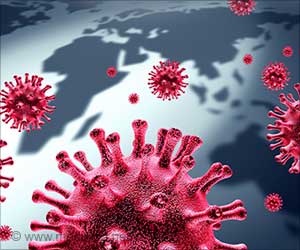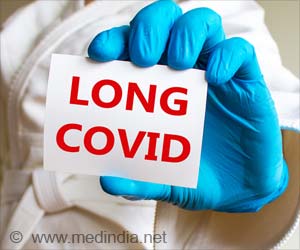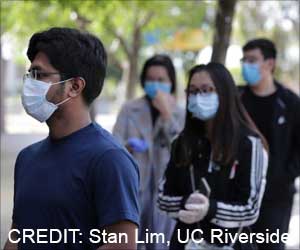Universal COVID-19 testing of children who are having procedures requiring anesthesia promotes efficient use of personal protective equipment (PPE), stated study.
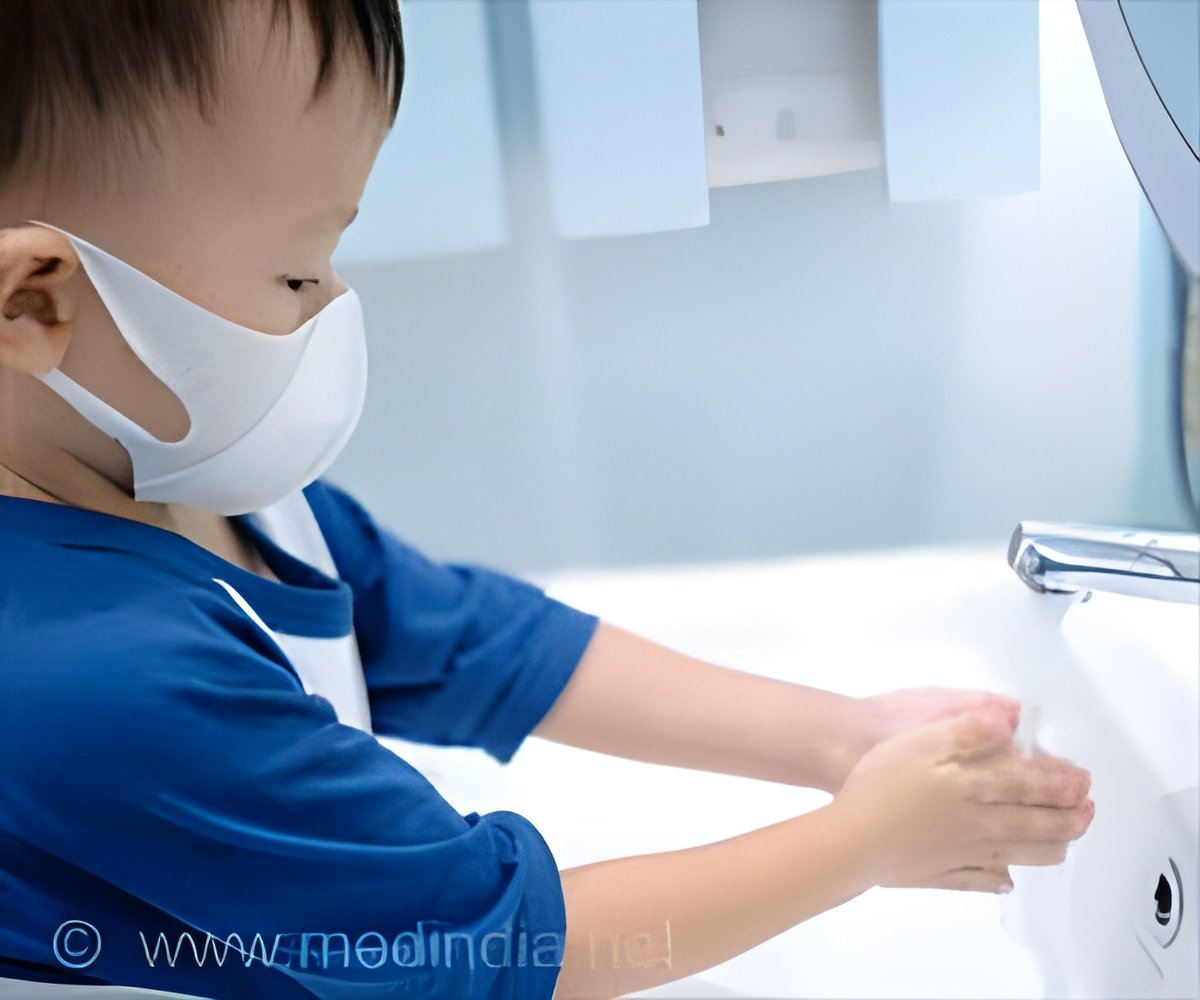
‘Although early in the pandemic it appeared that children were rarely affected, their numbers have been growing and today children comprise more than 10% of COVID-19 cases.’





CDC-recommended PPE for treating COVID-19 positive patients includes a respirator mask, such as an N95 or PAPR, and a gown, in addition to the standard PPE of surgical mask, eye protection and gloves, which are always worn by health care workers during procedures requiring anesthesia. "This study links the importance of universal testing for COVID-19, increased safety of staff and efficient use of PPE, especially items such as N95 face masks, which are in low supply," said Lenard Babus, M.D., lead author of the study and attending pediatric anesthesiologist, Children's Hospital of Philadelphia. "If universal testing were used outside the hospital, outpatient facilities and other treatment centers could experience similar PPE and safety benefits."
Hospitals frequently verbally screen patients for COVID-19 using three criteria: travel history, close contact or exposure to the disease, and symptoms such as fever, cough or shortness of breath. However, a positive screen doesn't guarantee the presence of COVID-19. Conversely, a patient may have no symptoms of the virus or apparent risk for COVID-19, but may still have the virus.
For the study, researchers analyzed results of COVID-19 testing in anesthesia procedures performed at the Children's Hospital of Philadelphia between March 26 and May 11, 2020. Patients required anesthesia for a wide range of procedures, from MRI testing to cancer surgery and appendix removal.
All children were tested for COVID-19 using the polymerase chain reaction (PCR) test prior to receiving anesthesia. They then compared the test results to those who were suspected of being infected, based on the verbal screening method.
Advertisement
However, because their COVID-19 PCR test was negative, 102 of the 146 patients received care with standard PPE, a reduction of 70%. They also found that 10 children who verbally screened negative for the disease actually tested positive for COVID-19, and may have otherwise been overlooked, increasing health care workers' risk of exposure.
Advertisement



